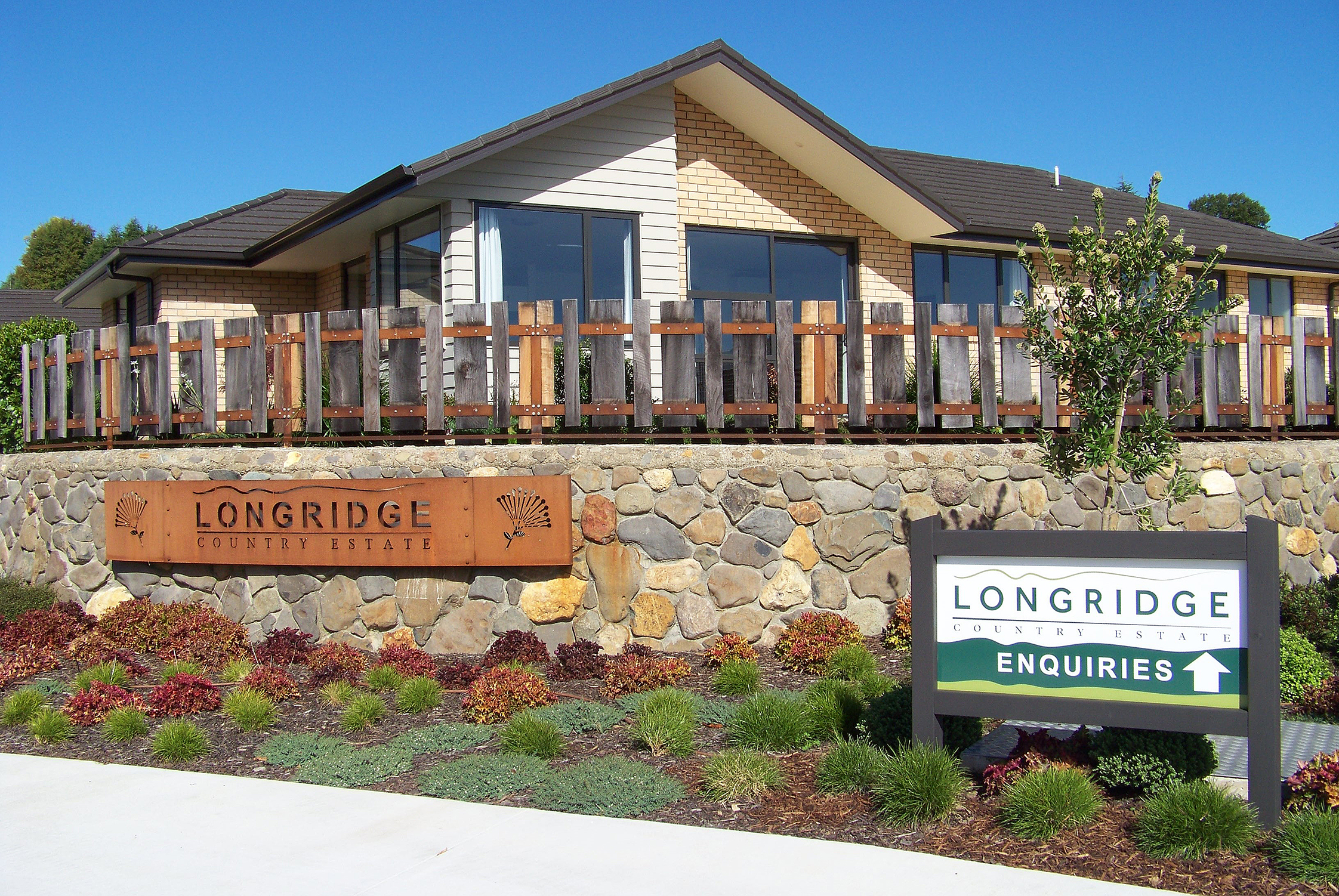Retirement village to ease housing shortage?

.
Chris Bullen
Several years ago, I wrote an article for the Beacon on a proposed retirement/lifestyle village in Whakatāne. The district council had a contract with a housing developer to sell 40 hectares of land at the end of Bunyan Road at Piripai.
The developer, in turn, had an agreement with Tim Bartells, owner and developer of Longridge Country Estate at Paeroa to sell him 10 hectares for a 220-unit village.
The whole deal became stalled when local iwi and hapū objected because of the land’s proximity to an urupa. It became bogged down in the Environment Court and High Court, and there it remains.
Because of the deadlock, I put an alternative proposal on Mr Bartell’s behalf to the district council chief executive (who has since left) to scrap the housing project, site the retirement village at the end of the land furthest from the urupa, and turn the rest into a reserve, planned by iwi, at Mr Bartell’s expense.
The chief executive refused to submit it to the council, so I took it to two councillors who in turn raised it with the mayor, whose reply was “not interested”.
I set about looking for alternative sites for a retirement village, all outside the urban area because there is no suitable land within it. Mr Bartells and his experts have looked at several of these options.
However, mainly because of the council’s attitude, Mr Bartells has concentrated on expanding Longridge, starting a village in Christchurch, and buying land for two more villages in Putaruru and Carterton.
Incidentally, during Covid, the Christchurch council kept working on Mr Bartells project there, while the Whakatāne council simply closed shop. Once Covid rules were eased, Christchurch was ready to go and is now well under way.
And in the Wairarapa, the council said, don’t worry about the rules, we will sort it out as we go.
Some councils actually want retirement villages.
Why? Firstly, because they provide an option for aging residents who can’t or don’t want to maintain a traditional home any longer and like the amenities such villages usually offer – community centre, restaurant/bar, heated pool, bowling green, etc.
Secondly, they give a nice boost to the council’s rating base. This helps ease the ongoing burden on ratepayers.
Thirdly, and perhaps most importantly, they free up existing homes for new owners. With the existing Whakatāne urban area having little or no scope for new homes, this would be a convenient way of easing our housing shortage.
Whakatāne council apparently doesn’t see it.
An additional benefit of starting a retirement village is the investment and employment opportunities it offers. In the case of the now-lost Bunyan Road village, the developer had $100 million lined up to get it started.
With local government elections approaching, perhaps council candidates could consider whether a retirement village is worth thinking about. At present, retirees are moving to villages outside the district – Papamoa, Katikati, Matamata, Cambridge and Paeroa.
Are we happy to let this continue or do we want an opportunity to keep them here?
Another point that has to be considered is what happens when someone in a retirement village needs to go into care. Village developers around the country now recognise this as an issue and are where possible adding care facilities so residents don’t need to leave their present surroundings.
To avoid an extra cost burden in late life, the care facility is, in some cases, being added into the original cost.
A plus is that our health system won’t have to absorb this growing proportion of our population.
I’m keen to see whether candidates see all this as something worth pursuing.